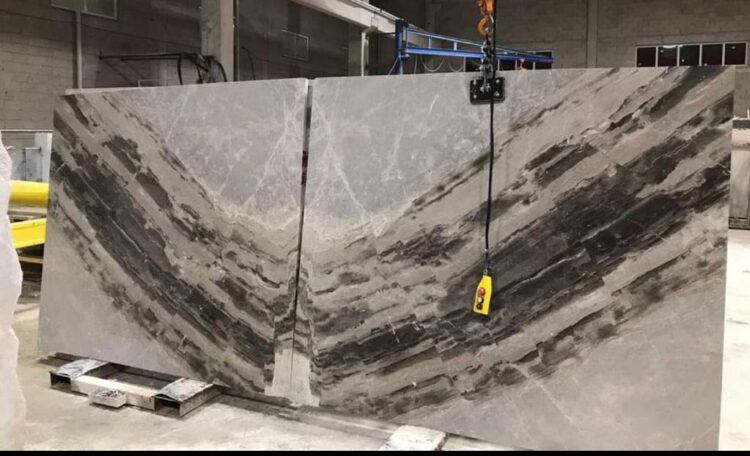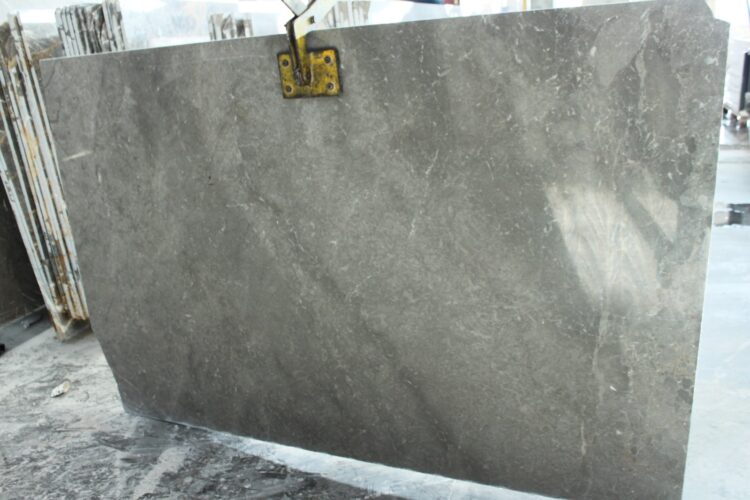Built during the heyday of the Ottoman Empire, the Selimiye Mosque has gone down in history as Mimar Sinan’s masterpiece. The architecture and marbles of the mosque are more than just a place of religious worship, they are a masterpiece that reaches the pinnacle of art and aesthetics.
The mosque is considered one of the most outstanding examples of Ottoman architecture and was declared a World Heritage Site by UNESCO in 2011.
Selimiye Mosque in Edirne is one of the most important works of Mimar Sinan. Built between 1569 and 1575, the mosque is a remarkable structure in terms of architecture as well as the use of marble. The impressive architecture of the mosque offers a visual feast with its four minarets and dome. The marble cladding adds another value to the aesthetic beauty of the mosque. The marbles used in the construction of Selimiye Mosque exhibit a sovereignty that stands out with their diversity and perfection of workmanship.
The marbles used in the exterior of the mosque were processed with “Marmara Marble”, which has white colors and was brought from Marmara Island, located near Edirne. Marmara Marble is famous for its soft texture and white color and has been preferred in many important buildings throughout history. This white marble cladding of the Selimiye Mosque shines in the sunlight and adds a distinct splendor to the mosque.
More colorful and varied marbles were used in the interior of the mosque. One of the most striking features of the interior is the marble columns adorned with various shades of color. These columns were crafted with various marbles brought from quarries of different origins, creating a magnificent harmony in the interior of the mosque. Marbles in red, green, black and white tones are combined with geometric patterns to create a unique mosaic effect.
The marbles used in the Selimiye Mosque are as follows:
Marmara Island Marble, Afyonkarahisar Marble, White Marble, Black Marble, Red Marble, Green Marble, Gray Marble. These marbles were placed on the interior and exterior facades of the mosque, helping the mosque to become visually richer and more impressive. Marbles added elegance and aesthetics to the interior and exterior of the mosque. The use of marble in the Selimiye Mosque shows Mimar Sinan’s mastery and architectural knowledge. Marbles complemented the architecture of the mosque, making it more magnificent.
The Selimiye Mosque is an important part of our historical and cultural heritage that goes beyond just a religious place of worship. The magnificent architecture and the unique marbles used offer a historical path to its dimensions. This magnificent structure is still in active use today as a place of worship and attracts local and foreign visitors at various times of the year. Selimiye Mosque will preserve its value for future generations as an important structure that witnesses the culture of the Turkish nation and history.






















 +90 532 585 51 95
+90 532 585 51 95 +90 532 585 51 95
+90 532 585 51 95